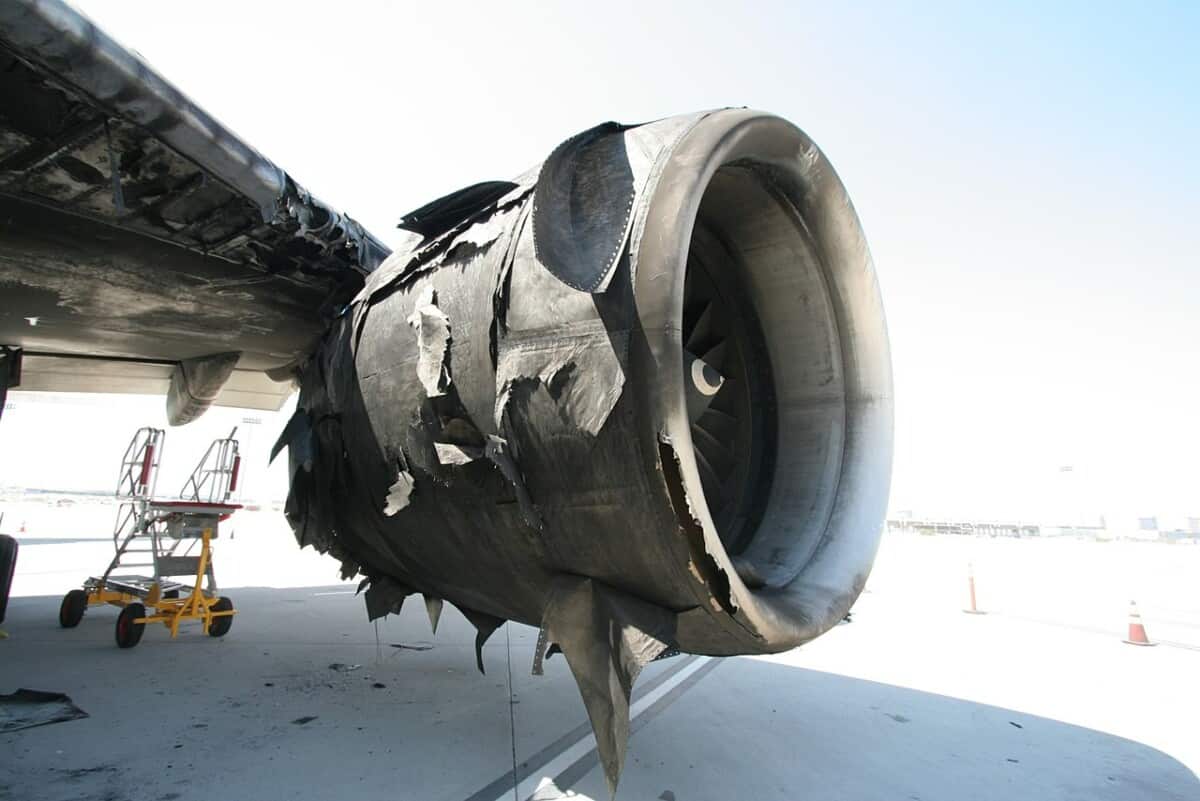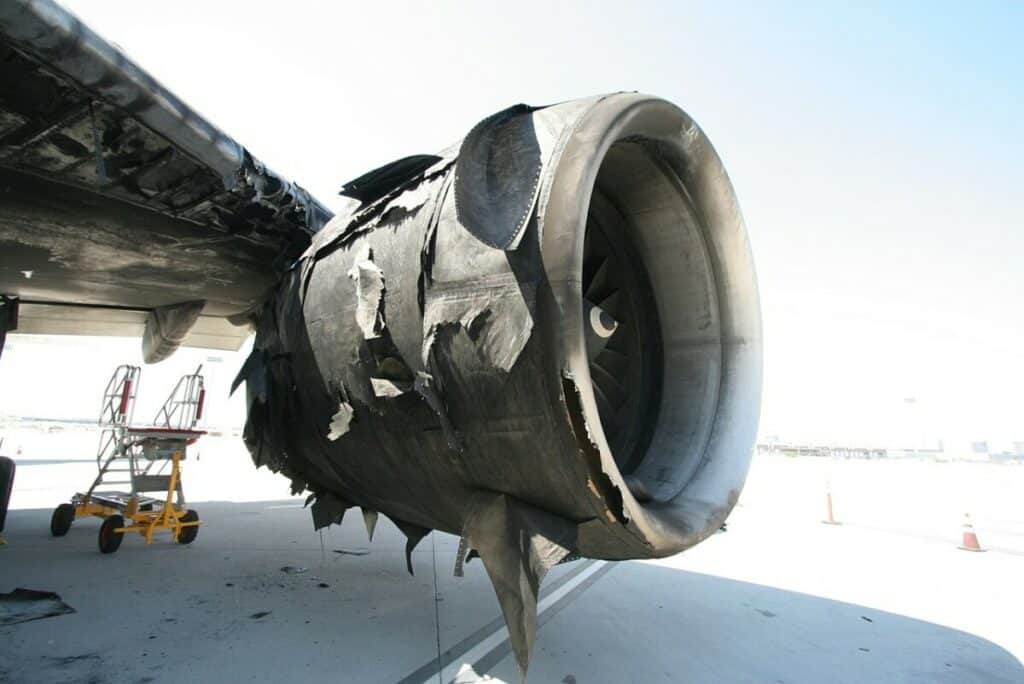
To some people, the thought of an engine failure on an airplane is terrifying enough to never allow them to travel by air. We have all seen videos from passengers of aircraft when a jet engine has malfunctioned or a propellor has stopped turning while in flight. The question is though can a plane still fly on one good engine?
Airplanes with two or more engines are designed to fly with one engine failed. Depending on when the engine fails during the flight pilots may return to their departure airport, divert to a nearby airport, or continue to their destination. Depending on the malfunction an engine may be restarted.
It is possible for twin-engined aircraft to operate perfectly well with one engine, both landing and taking off without difficulty. A loss of an engine during flight is a major event but it is easily dealt with by the pilots who are trained to deal with this scenario on a regular basis.
Regardless of the severity of the incident, pilots are taught to abide by basic aviation rules. Depending on the engine’s status, pilots know how to respond when an engine fails, so an engine outage should very rarely be considered a serious issue.
To find out just how aircraft can fly with only one engine remaining please read on…
How Do Pilots Deal With Engine Failures?
Pilots are trained to deal with engine failures on a regular basis at all stages of flight. A single pilot will run a mental checklist to secure or restart a failed engine, whereas a multi-pilot crew will run through a checklist to secure the engine, trim the aircraft and assess all options available.
The second part to this question all depends on the type of airplane the pilot/s is flying.
Single Engine Airplanes:
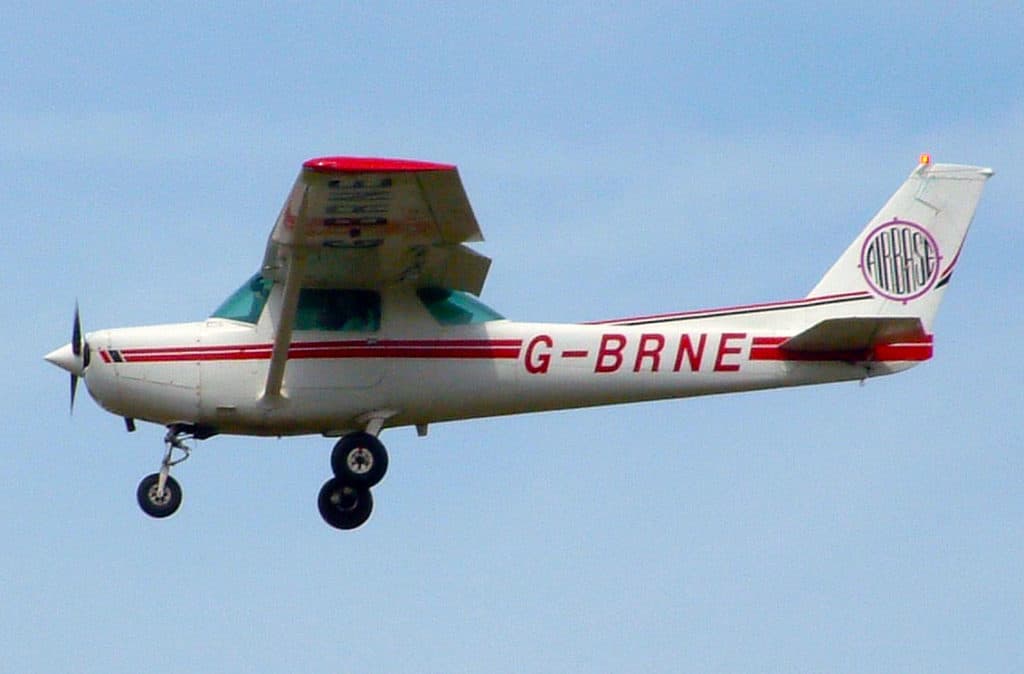
If the engine fails on an airplane with only that engine the pilot has two options:
- Try restarting the engine if altitude permits and the source of the failure is possibly known
- Make an emergency landing
Unfortunately, the pilot only has these two choices and sometimes an emergency landing is the only option, and even then the area upon which they must try and land the aircraft could be very unfavorable. This is why many single-engine airplanes are shown crashing in videos after an engine failure.
If the engine fails while at cruise with lots of altitude, the pilot may be able to restart or glide to a suitable landing site whether that be a runway, open field, or even a highway.
Losing the engine in a single-engine airplane is never a good situation.
Twin-Engine Airplanes:
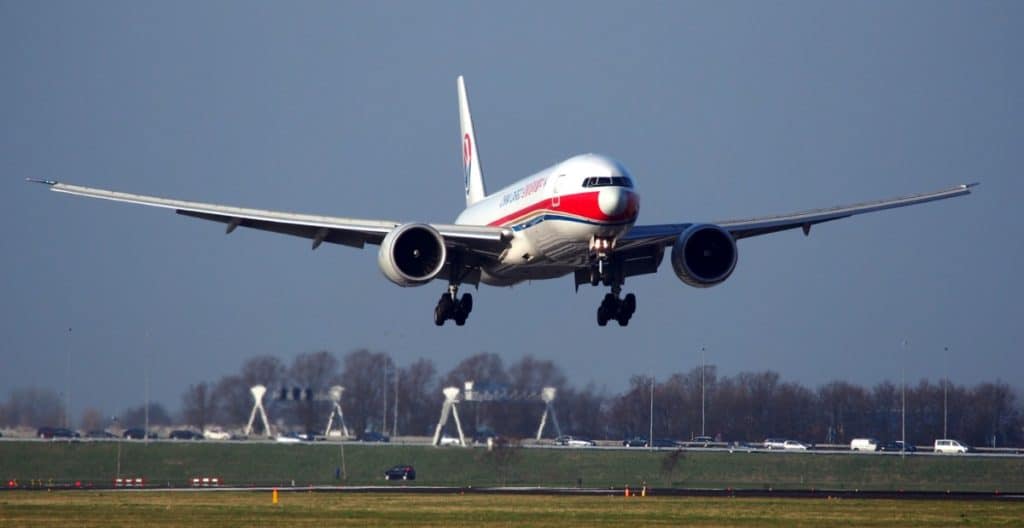
Airplanes with two engines stand a much better chance of being able to stay airborne and allow the pilot/s to assess the severity of the situation and return to land or continue the flight.
When a pilot loses an engine in a twin-engined aircraft they will be able to adjust the flight controls to offset all the thrust coming now from just one side of the airplane. Depending on when the engine failure occurs will dictate what the pilots do and the options available to them. (More on this later).
Tri or Quad-Engine Airplanes:
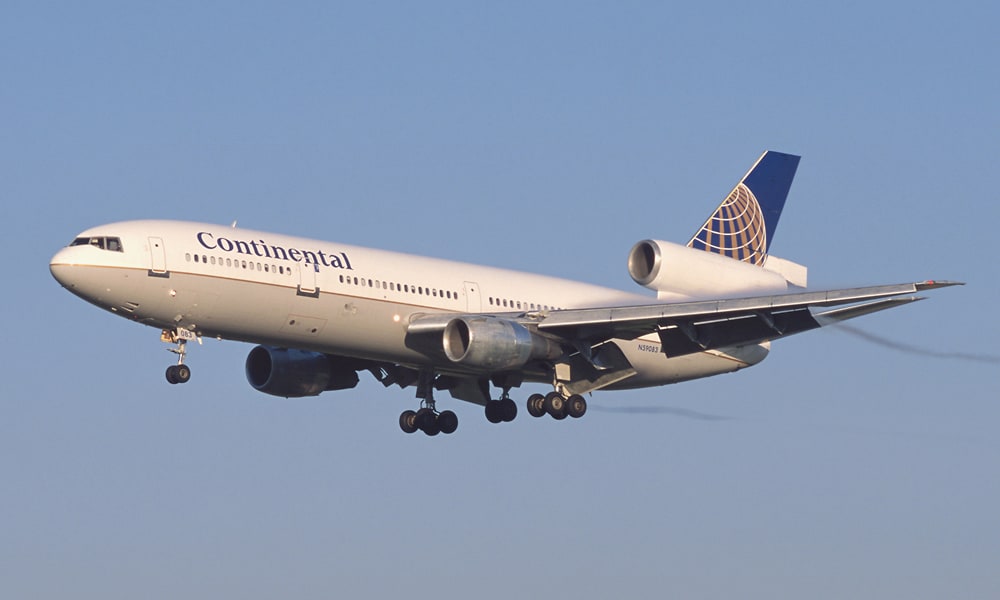
Just like the pilots of a twin-engine aircraft, the pilots of tri & quad-engine airplanes have far more options and the likelihood of them reaching their original destination are far greater due to the fact they have more engines available.
However, issues arise when pilots of these aircraft begin to lose a second or third engine as this dramatically reduces the performance of the aircraft and may mean the pilots should have begun an emergency landing or are now required to.
Learn More…
Try These Articles:
* How Long Can Airplanes Fly For? – Top 10 Routes!
* Why Do Airplanes Fly in a Curve?
What Happens if Pilots Lose an Engine on Takeoff, Cruise, or Landing?
No matter how many engines an airplane has lost, the working engines alter the balance of how the aircraft flies. The pilot/s must react using control inputs to maintain the aircraft in a safe configuration, be that during a takeoff roll or airborne, any further issues are dealt with after.
To deal with engine failures, the airplane manufacturer creates a step-by-step checklist on how to deal with an engine failure depending on when it happens, how to try and restart it, or how to secure it and trim the aircraft to fly as efficiently as possible.
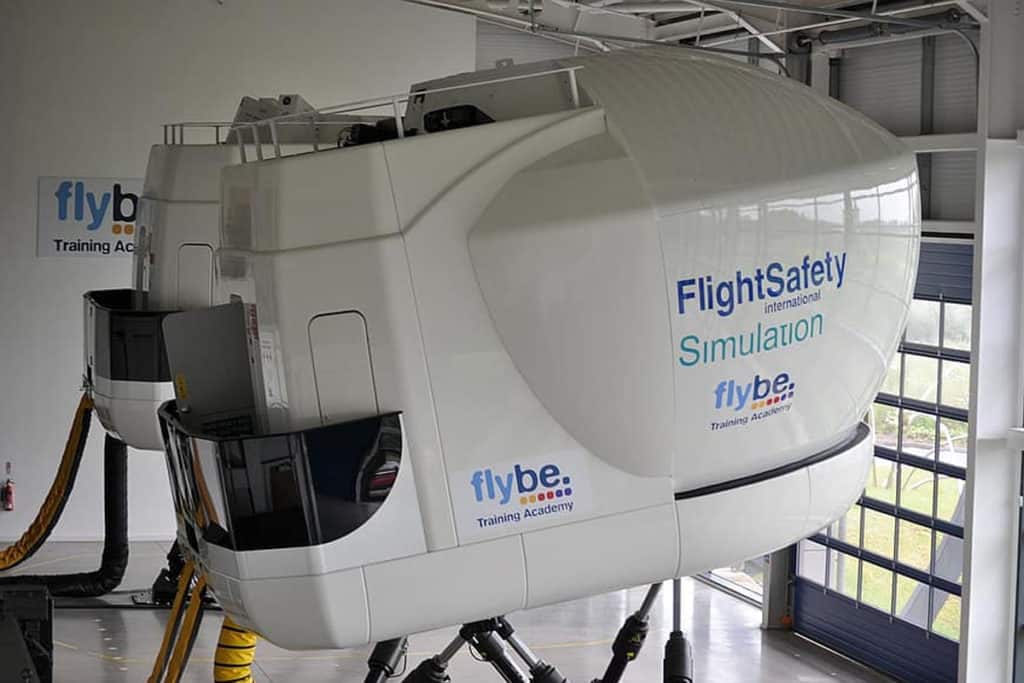
When pilots are new to the aircraft type the emergency procedures take up the majority of the training time and again, when pilots come back for their annual or bi-annual proficiency checks. The use of Computer-based simulators are the training tool of choice and is why most major airlines will have their own simulator training facility to ensure their pilots can be exposed to the worst possible case scenarios while in the safety of a simulator.
Practice makes perfect and that is why I am personally a big fan of simulator training!

Join My Newsletter & Get Great Tips, Information and Experiences To Help You Become a Superb Pilot!
What Happens if an Engine Fails During Takeoff?
During the preflight readiness of the aircraft, the pilot/s will asses the weight of the aircraft with fuel, cargo, and passengers, atmospheric conditions, and runway length to calculate a speed at which a takeoff can be safely rejected. This is known as the Takeoff Decision Speed (V1).
Should an engine failure occur before the aircraft reaches the V1 speed the pilot/s will reject the takeoff by reducing power to all engines and placing them into reverse thrust to help decelerate, then apply the air and wheels brakes at their maximum capacity.
It is important for the aircraft to stop before the end of the runway!
In the event that velocity V1 is exceeded, the pilot who is not manipulating the flight controls will announce “V1” to the flying pilot. When the speed is over V1, the flying pilot will know they must continue and take off, regardless of what happens to the engines otherwise, they could possibly run out of runway!
In this case, they take off and climb to assess their situation.
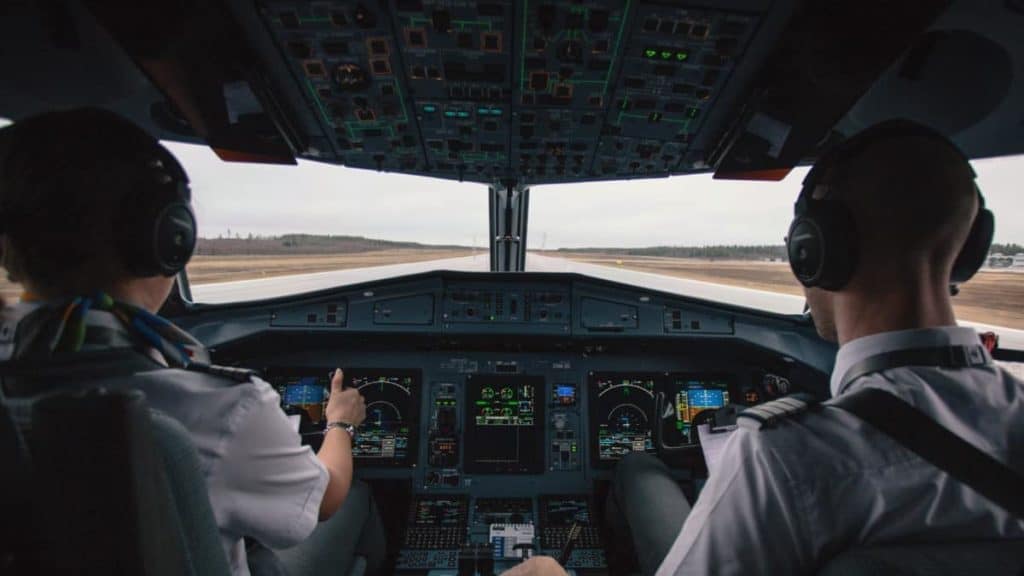
At any speed over V1, modern airplanes are certified to take off and climb with one engine inoperative and because of this pilots will establish a steady climb, adjust the flight controls to ensure the airplane flies in the correct aerodynamic configuration, and will advise air traffic control of their situation who will standby to provide any needed assistance.
It is common that large, commercial airliners have higher permitted takeoff weights compared to their allowable landing weight. This is due to the fact that they have usually burned off the majority of their fuel before landing at their destination. Most airliners’ landing gear cannot absorb the impact of the aircraft with full fuel tanks.
In this scenario, pilots must either dump fuel or divert to an airport by which time they have burned enough fuel to be under their maximum landing weight. Each incident requires collaboration and careful consideration to ensure the passengers, aircraft, and persons on the ground remain safe at all times.
What Happens if an Engine Fails During Cruise Flight?
If an engine fails in cruise and no damage has occurred pilots may elect to try and restart it. If it fails to restart pilots will secure the engine and plan for a diversion to an airport that is within the airplane’s certified ETOPS (Extended Range Twin-Engine Operations Performance Standard).
Just like an emergency, the decision as to what the pilots do afterward depends on the initial occurrence. If the engine flamed out for no reason, the pilots may elect to conduct a restart if all the indications look OK.
If the engine started to lose oil pressure, the pilots may elect to shut the engine down to prevent damage from being caused.
If the engine had a catastrophic malfunction and created damage to the cowls, wing, or fuselage the pilots may have to make a rapid descent and land at the nearest airport to which the airplane can safely land.
No matter the situation, the pilots are trained regularly to deal with the worst-case scenarios – To many people that would seem like losing an engine when over the middle of the ocean.
To assist pilots that face this situation the airplanes are certified to a set ETOPS standard. ETOPS refers to the length of time that a two-engined aircraft can fly without one of its engines.
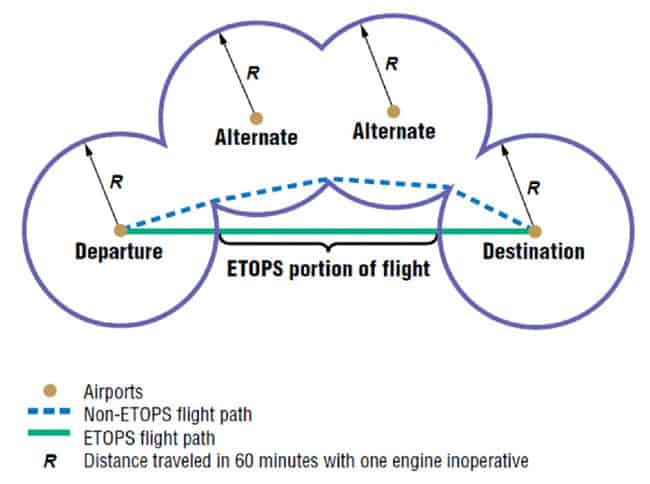
When on a long flight far from suitable airports aircraft without an ETOPS certification must follow the blue line above. This makes them stay within an hour’s flight time from their emergency alternate airports during cruise.
With new aircraft and engine technology, airframes are certified to fly longer distances away from alternate airports making their routes shorter and faster. Most modern commercial airliners are certified with ETOPS:
There are many well-known aircraft out there with ETOPS ratings.
For example:
- The Boeing 737 has ETOPS-180 (180 minutes of single-engine endurance)
- The Boeing 787 Dreamliner has ETOPS-330
- The Airbus A350-900 has even more extended endurance ratings of 370 minutes.
On a single engine, Airbus claims the A350 can travel 4,630 kilometers in over six hours, an impressive distance for a single engine. Nevertheless, losing an engine has consequences. A loss of 50% of an aircraft’s power will affect its altitude, resulting in the aircraft having to revert to an intermediate altitude for the remainder of the flight which causes the remaining engine to be less efficient and burn more fuel.
With aircraft now being certified under ETOPS to fly further on a single engine, you will find most manufacturers are now focusing on aircraft with only two engines. The Boeing 787, 777 and Airbus A350 are great examples of this.
Airplane engines are a huge expense to buy and maintain and the fewer an aircraft designer can use the more popular the airframe becomes to airline fleet purchasers. With the Boeing 747 and Airbus A380 beginning to come towards the end of their life, it will be interesting to see if any manufacturer designs another 4 engine commercial airplane.
What Happens if an Engine Fails During Landing?
If an engine failure occurs during landing the pilot’s main priority is to maintain a safe flight configuration of the airplane. If the airplane has just started the descent pilots will secure the failed engine. If on short final they will leave the engine until landed.
Trimming is, of course, crucial. During low altitudes, even the slightest mistake can cause the aircraft to deviate out of control. This is why it is crucial to adjust the remaining engine’s power in accordance with the required speed.
Overpowered engines may cause the airplane to veer abruptly, or underpowered engines may cause it to stall (uncontrolled loss of altitude). Before every landing, possible engine failure scenarios are discussed in detail well before to ensure each pilot knows what action to undertake should an engine failure occur.
If an engine has failed during the cruise part of the flight the pilots will use the appropriate emergency checklist pilots check what needs to be done and how the aircraft needs to be configured for the emergency landing of the aircraft.
Learn More…
Try These Articles:
* Why Are Airplane Engines So Expensive?
* Can a Plane Land Itself?

